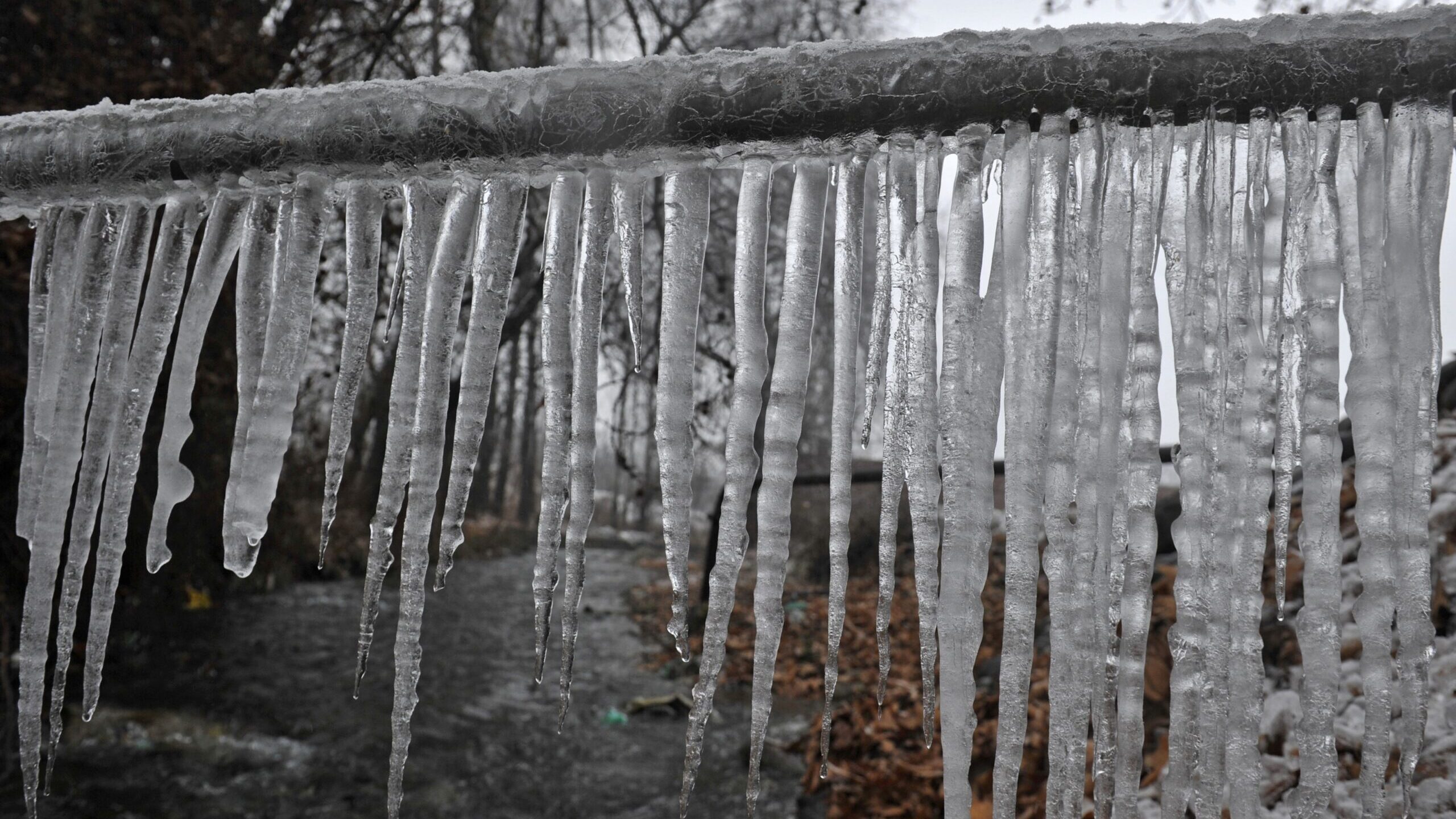Listed here below you can discover a bunch of superb points involving How To Avoid Freezing Pipes.

Winter can damage your plumbing, especially by freezing pipes. Below's exactly how to avoid it from happening and what to do if it does.
Intro
As temperature levels drop, the threat of frozen pipes boosts, potentially leading to costly fixings and water damage. Understanding just how to avoid icy pipelines is crucial for property owners in chilly climates.
Prevention Tips
Protecting prone pipes
Cover pipelines in insulation sleeves or make use of heat tape to safeguard them from freezing temperatures. Focus on pipelines in unheated or outside areas of the home.
Home heating techniques
Maintain interior spaces appropriately heated up, particularly locations with plumbing. Open cupboard doors to allow cozy air to distribute around pipelines under sinks.
Exactly how to determine icy pipelines
Try to find reduced water flow from taps, uncommon smells or noises from pipelines, and noticeable frost on revealed pipelines.
Long-Term Solutions
Structural adjustments
Take into consideration rerouting pipes far from outside walls or unheated areas. Add extra insulation to attics, basements, and crawl spaces.
Updating insulation
Buy top notch insulation for pipes, attics, and walls. Correct insulation assists maintain constant temperature levels and decreases the threat of icy pipelines.
Safeguarding Exterior Pipes
Garden hose pipes and outdoor faucets
Separate and drain pipes garden hoses prior to winter. Set up frost-proof spigots or cover outside taps with shielded caps.
Comprehending Frozen Pipes
What causes pipelines to freeze?
Pipelines freeze when exposed to temperature levels below 32 ° F (0 ° C) for prolonged periods. As water inside the pipes freezes, it broadens, putting pressure on the pipe walls and potentially causing them to rupture.
Dangers and problems
Frozen pipelines can cause water supply disturbances, home damages, and pricey repair services. Burst pipes can flooding homes and create considerable architectural damages.
Indications of Frozen Piping
Identifying frozen pipelines early can prevent them from rupturing.
What to Do If Your Pipelines Freeze
Immediate activities to take
If you believe icy pipes, maintain taps open to relieve pressure as the ice melts. Utilize a hairdryer or towels soaked in warm water to thaw pipelines slowly.
Conclusion
Avoiding icy pipelines calls for proactive procedures and quick responses. By recognizing the causes, signs, and safety nets, homeowners can protect their pipes throughout winter.
5 Ways to Prevent Frozen Pipes
Drain Outdoor Faucets and Disconnect Hoses
First, close the shut-off valve that controls the flow of water in the pipe to your outdoor faucet. Then, head outside to disconnect and drain your hose and open the outdoor faucet to allow the water to completely drain out of the line. Turn off the faucet when done. Finally, head back to the shut-off valve and drain the remaining water inside the pipe into a bucket or container. Additionally, if you have a home irrigation system, you should consider hiring an expert to clear the system of water each year.
Insulate Pipes
One of the best and most cost-effective methods for preventing frozen water pipes is to wrap your pipes with insulation. This is especially important for areas in your home that aren’t exposed to heat, such as an attic. We suggest using foam sleeves, which can typically be found at your local hardware store.
Keep Heat Running at 65
Your pipes are located inside your walls, and the temperature there is much colder than the rest of the house. To prevent your pipes from freezing, The Insurance Information Institute suggests that you keep your home heated to at least 65 degrees, even when traveling. You may want to invest in smart devices that can keep an eye on the temperature in your home while you’re away.
Leave Water Dripping
Moving water — even a small trickle — can prevent ice from forming inside your pipes. When freezing temps are imminent, start a drip of water from all faucets that serve exposed pipes. Leaving a few faucets running will also help relieve pressure inside the pipes and help prevent a rupture if the water inside freezes.
Open Cupboard Doors
Warm your kitchen and bathroom pipes by opening cupboards and vanities. You should also leave your interior doors ajar to help warm air circulate evenly throughout your home.

We had been made aware of that write-up about Prevent Frozen Pipes from someone on a different blog. For those who enjoyed reading our post please remember to share it. I take joy in reading our article about How to Prevent Your Pipes From Freezing.
Call Today